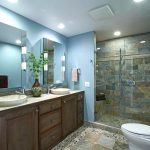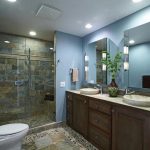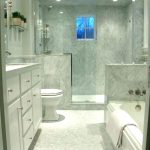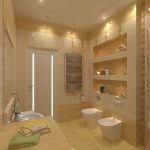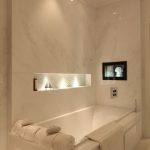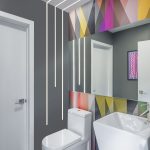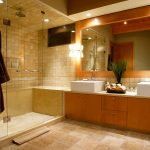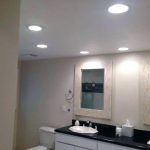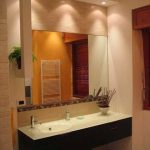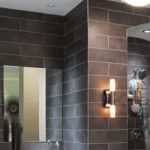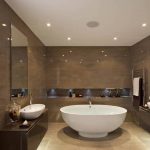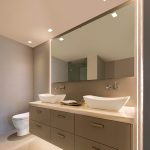Recessed lighting is a popular choice for bathrooms because of its sleek and modern look, as well as its ability to provide even and bright illumination. When done right, recessed lighting can enhance the overall design of your bathroom and create a comfortable and inviting space. If you’re considering adding recessed lighting to your bathroom, here are some tips to keep in mind:
1. Plan your layout carefully: Before you start installing recessed lights, it’s important to carefully plan where they will go. Consider the size and layout of your bathroom, as well as the placement of other lighting fixtures and features such as mirrors, cabinets, and shower stalls. Make sure to position the recessed lights strategically to provide even illumination throughout the space.
2. Choose the right size and type of recessed lights: Recessed lights come in different sizes and shapes, so it’s important to choose the right ones for your bathroom. Consider the size of the space, as well as the height of the ceiling. In most cases, smaller recessed lights are ideal for bathrooms, as they provide a more subtle and natural look. Additionally, choose energy-efficient LED lights to save on energy costs in the long run.
3. Consider the color temperature: The color temperature of your recessed lights can greatly impact the overall look and feel of your bathroom. Cool white light (4000-5000K) is typically recommended for bathrooms, as it provides a clean and bright look that is ideal for grooming tasks. However, warmer light (2700-3000K) can create a more cozy and relaxed atmosphere, perfect for a spa-like setting.
4. Use dimmer switches: Dimmer switches are a great addition to recessed lighting in the bathroom, as they allow you to adjust the brightness of the lights to suit your mood and needs. Dimmer switches are particularly useful for creating a relaxing ambiance during a bath or shower, or for providing bright light for grooming tasks.
5. Consider waterproof and damp-rated fixtures: Because bathrooms can be humid and damp environments, it’s important to choose recessed lights that are suitable for these conditions. Look for fixtures that are rated for wet or damp locations to ensure they hold up well in your bathroom.
6. Hire a professional for installation: While some DIY enthusiasts may be tempted to install recessed lighting themselves, it’s often best to hire a professional for this job. A skilled electrician can ensure that the lights are properly installed and wired, and can help you avoid any potential safety hazards.
Implementing recessed lighting in your bathroom design can greatly enhance the overall look and feel of the space. By carefully planning your layout, choosing the right fixtures, and considering important factors such as color temperature and humidity resistance, you can create a bright and inviting bathroom that meets all of your lighting needs.
 darbylanefurniture.com Interior design ideas with the latest interior inspiration
darbylanefurniture.com Interior design ideas with the latest interior inspiration

